By T.L. Gore
Historically the Scots could not defeat the English in open battle. The exception was Stirling Bridge in 1297, but that victory had been more the result of English arrogance and mistakes. Edward I had completely defeated the Scots a year later. Robert the Bruce had once been allied to the English and knew of their materiel and personnel advantages.
For example, the English employed large numbers of Welsh archers, who sustained rates of fire that could decimate the unarmored Scots. They also had extremely well-armored knights, who could ride down the fewer, less wealthy Scots cavalry. The only advantage the Scots possessed was in numbers. Drawing from a total population of 500,000 in the early 14th century, at any given time large numbers of fighting men could be called up, though gathering them together in one place continued to be a major logistical problem.
According to a writ of 1286, Scots freemen were obliged to perform a national “Free Service” for up to 40 days a year. The warriors so obligated included barons, thanes, knights, sergeants, and freeholders. This Scottish service, demanded from earldoms north of the Forth, came to be known as the “Common Army” when made up of able-bodied fighters of the “horseless” classes. The wealthier classes possessed armor and rode barded (armored) horses. Although not as well equipped as their English counterparts, the Scots were every bit as fierce in combat, wielding axes, claymores, spears, and short swords.
Highlanders and Their Lochaber Axes
Especially fearsome were the Highlanders, who fought with the deadly lochaber axe, capable of bringing down a fully armored knight and his horse in one blow. Scots nobles and knights, though few in number, were augmented somewhat by their lighter armored retainers, some of whom protected their horses by covering them with cuir bouille or leather heated and soaked in wax and oil.
The Scots also employed limited numbers of archers from the Selkirk forest. Small groups of Scandinavian and Western Scots mercenaries evidently fought in Scottish armies of the time as well.
The mainstay of any Scottish army was the hardy, lowland spearman. Wielding 12-foot spears and carrying shields, these fighters formed schiltrons or circles of troops numbering from five hundred to over a thousand men each. They faced outward, spears protruding in all directions, and awaited attack. Unfortunately, English commanders would bring up their archers and shoot holes in the schiltrons, through which the English knights would then charge.
Robbing the English of Supplies
Owing to the difficulty of concentrating large numbers of troops to confront the English field armies, Robert Bruce developed the tactic of attacking the enemy castles, thus depriving the English of bases, supplies, and additional troops. Small groups of fighters would attack the fortresses at night with grappling hooks and rope ladders, by which a few men could gain the walls and open the gates.
In the winter of 1313, Perth, under siege for quite some time by the Scots, was captured by Robert when he waded through the icy moat and scrambled up a rope ladder to open the gates. This ability to both command and endure privation and hardship alongside his men gained him their trust and admiration.
Robert Bruce could not entirely avoid field battles with the English. Although terribly outnumbered by the campaign-hardened and organized English, Robert would pick a hill astride the English line of advance, with a woods to the rear and a marsh or river to the front, and await the English attack.
If possible, Robert Bruce laid waste the English lines of march and set ambushes to cut off small groups of enemy troops while terrorizing the rest. Because the Scots had no baggage train, as did the invaders, and were mounted on ponies, they could travel over 20 miles a day, keeping ahead of the English and grooming their battlefields. The tactics developed by Robert Bruce proved effective throughout his reign.
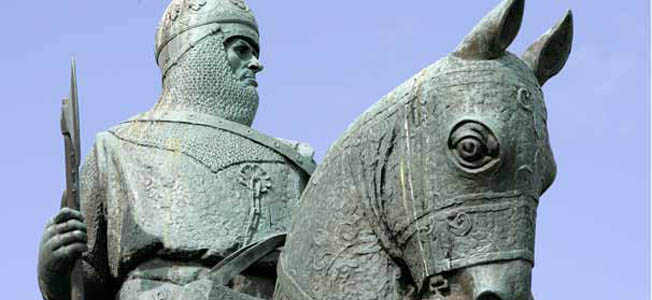
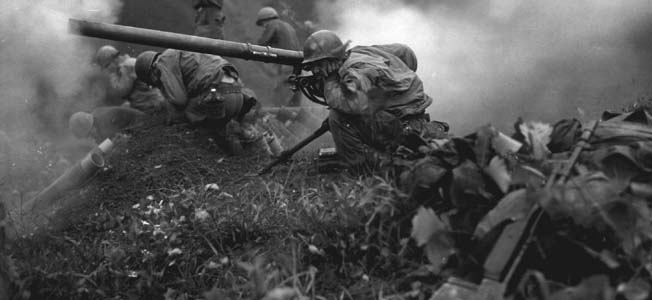
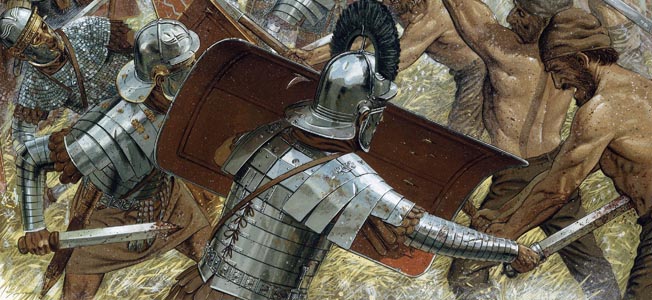
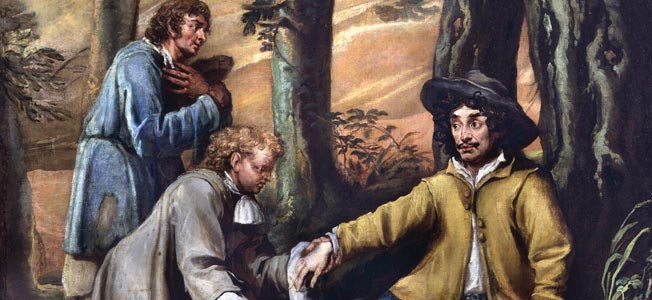
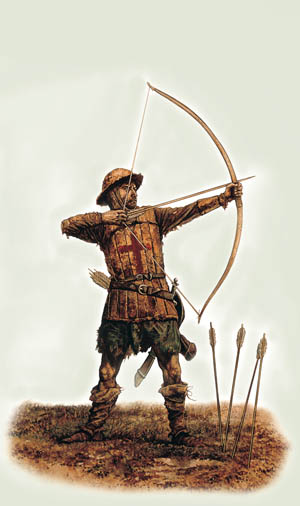
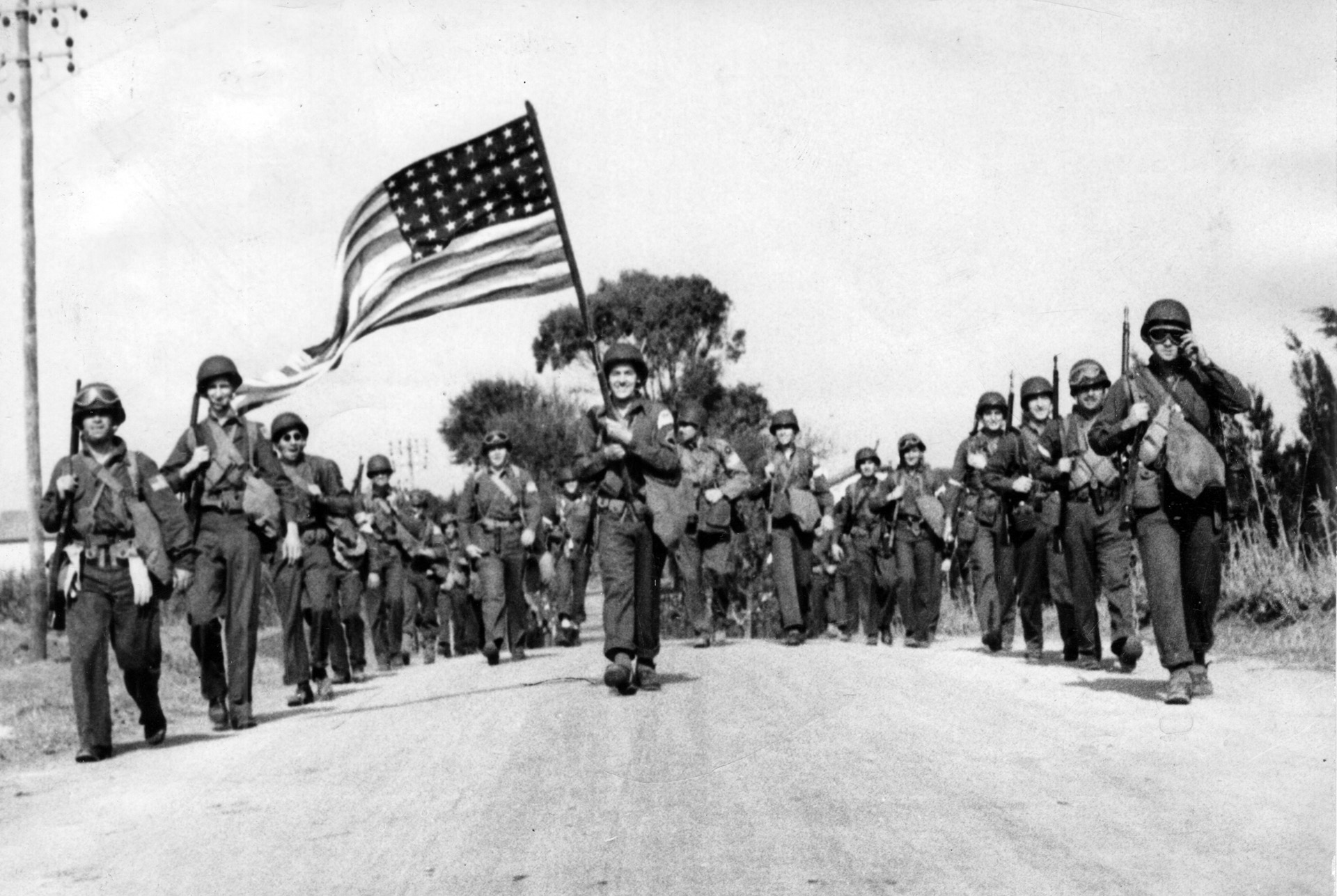
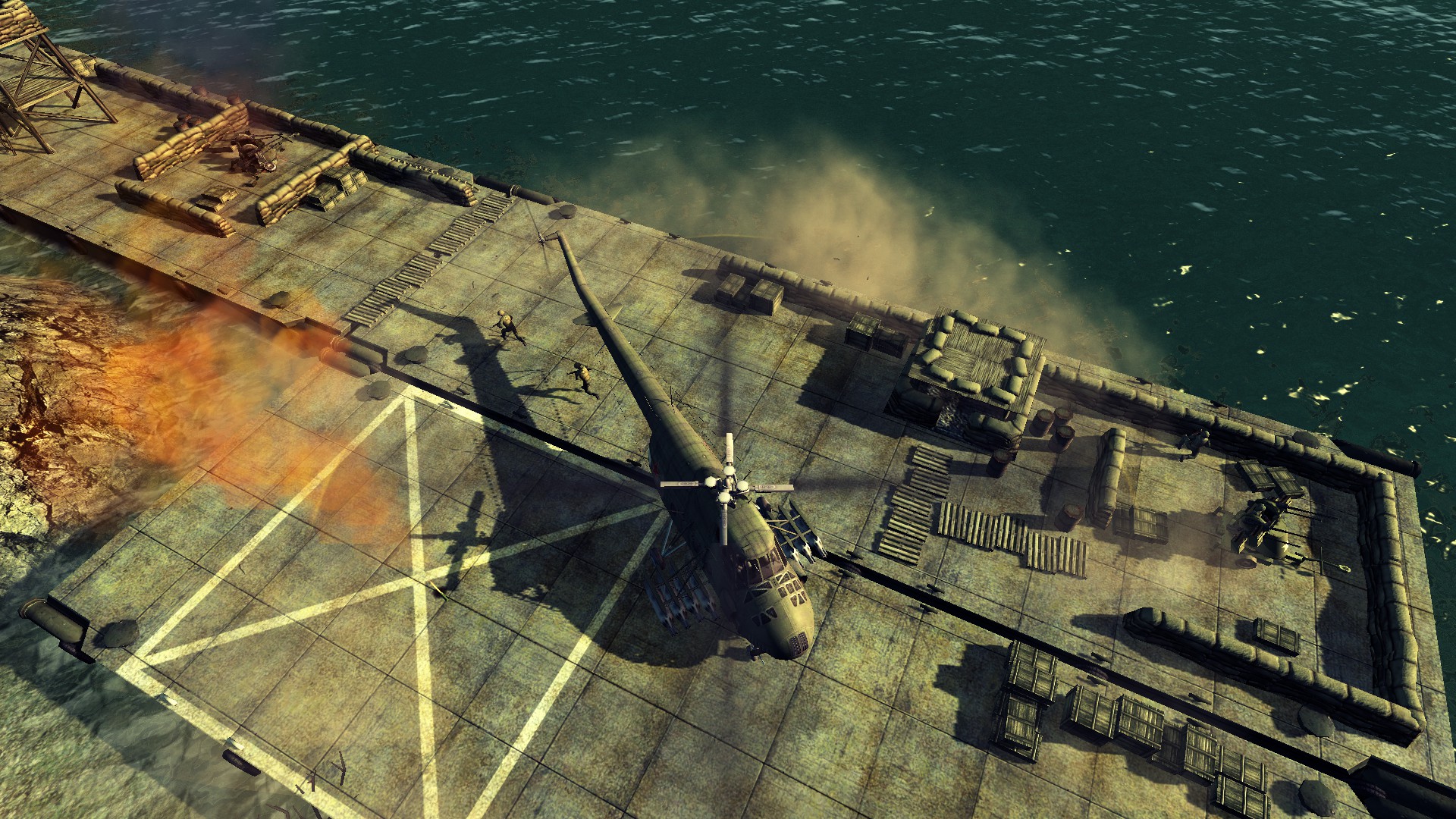
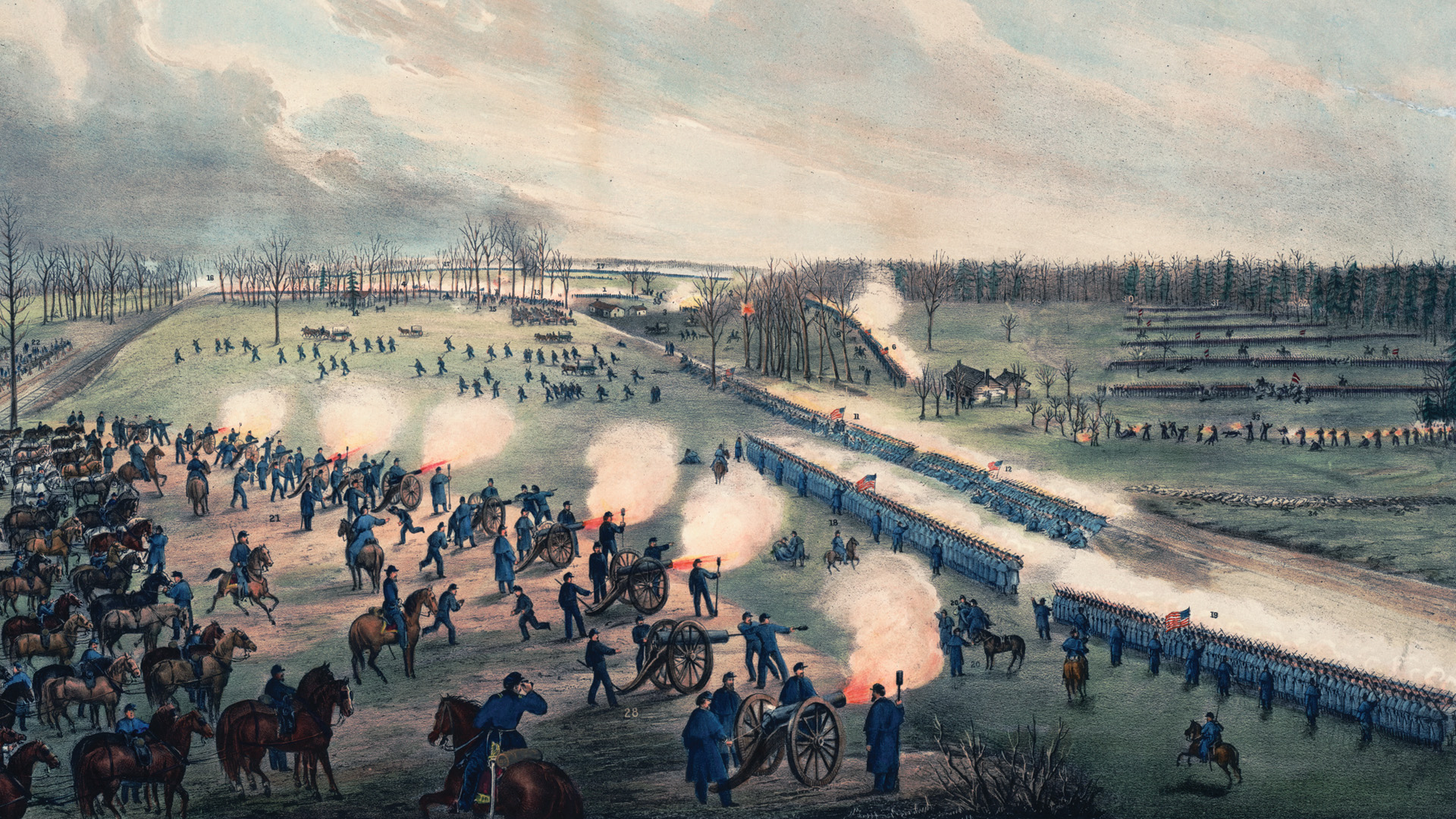
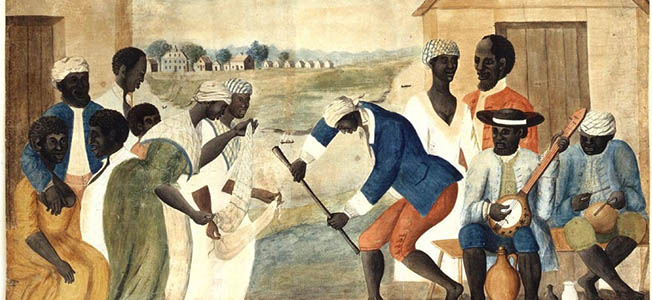
Join The Conversation
Comments
View All Comments